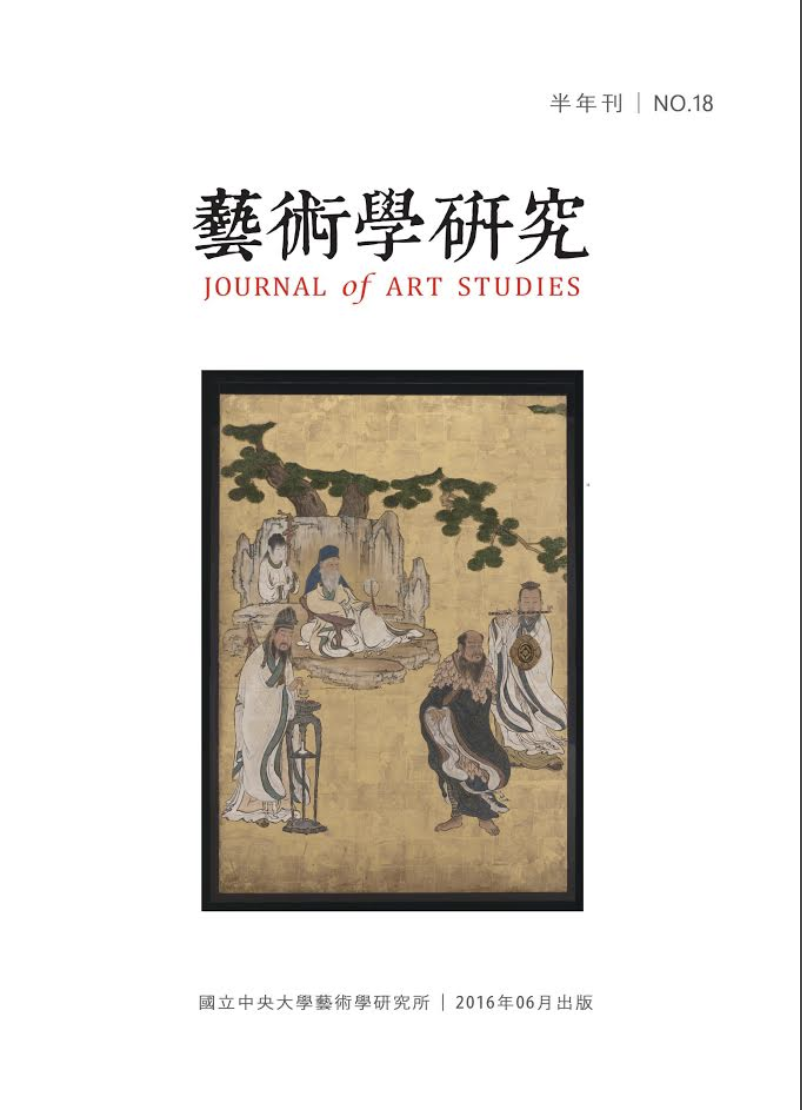本文主要以狩野山雪(1590-1651)《群仙圖襖》(美國明尼亞波里美術館)作為考察對象。此襖繪為山雪的晚期畫作,也是江戶前期具代表性的八仙圖像。本文重新將《群仙圖襖》中的樹下老人比對為南極老人,其餘的八仙人物由右而左分別是:劉海蟾、韓湘子、李鐵拐、徐神翁、鍾離權、呂洞賓、藍采和、曹國舅。此襖繪的特點在於其八仙形像、組合並不完全依循中國明末清初的八仙圖譜,部分模式可追溯到更早的金、元八仙圖像原型。狩野山雪的畫史認識在其塑造《群仙圖襖》的八仙形像之際具有關鍵性的地位。
This paper studies Kano Sansetsu (1590-1651)'s Taoist Immortals, dated 1646 A.D., and currently preserved in the Minneapolis Institute of Arts. This four sliding panels are presented in Kano Sansetsu's late style, and are representative of how the Eight Immortals are portrayed in the early Edo period. The god sitting under the tree is identified as the Old Man of the Southern Pole and appears
with eight figures, from right to left: Liu Haichan, Han Xiangzi, Li Tieguai, Xue Shenwong, Zonglin Quan, Lü Dongbin, Lan Caihe and Cao Guojiu. Differing from newer images of the Eight Immortals created in the late Ming and Qing dynasties, the Eight Immortals painted on the panels resemble the earliest prototypes from the Jin and Yuan dynasties. Kano Sansetsu's understanding of the history of painting played a critical role in his making of these images of the Eight Immortals.


